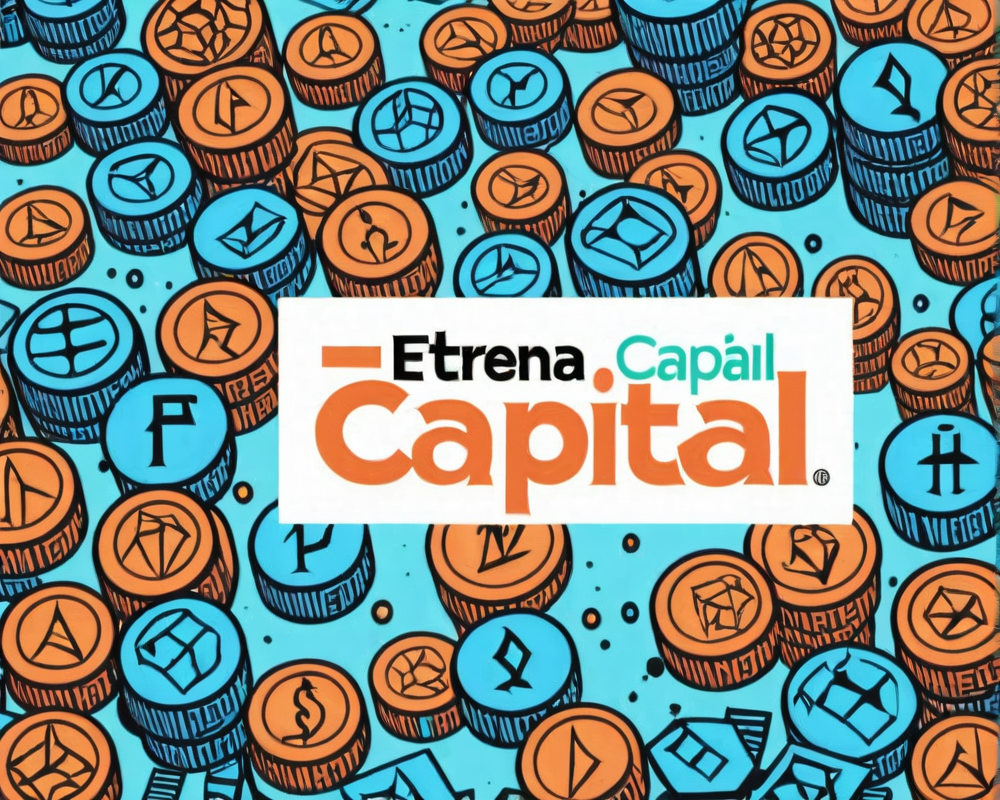The Crypto Rollercoaster of 2020
Ah, 2020. The year we all wanted to say goodbye to, kind of like your weird uncle at family gatherings. Amid the chaos of social distance and toilet paper shortages, the crypto market was doing its own funky dance, thanks in part to big names like PayPal jumping on the Bitcoin bandwagon. But what really deserves the spotlight are the less flashy yet critically important regulations making waves globally.
Why Regulations Matter in Crypto
Imagine trying to play Monopoly without clear rules; you’d probably end up flipping the board in frustration. In crypto, the absence of clear regulations does the same thing—stalls innovation and sends enterprises running for the hills. A notable contrast can be seen between jurisdictions in the EU and Southeast Asia, which are currently zipping ahead, while the U.S. is still figuring out how to roll the dice. It’s truly a tale of two (or three) continents!
The EU Takes the Lead
The EU has made moves to introduce a common regulatory framework, dubbed MiCA (Markets in Crypto Assets). Picture a giant group hug where 27 countries come together to create a well-defined regulatory landscape around crypto. This includes a plan for a pilot program for DLT (Distributed Ledger Technology) market infrastructures that surely gets the crypto crowd’s adrenaline pumping.
Germany: The Star Player
Germany isn’t just known for its beer and pretzels anymore. As of January 2020, it’s incorporated crypto asset custody into its Banking Act, meaning financial institutions need to grab a license to get into the crypto game. Over 40 institutions are already eyeing that sweet custody license. And Germany plans to up the ante with a draft bill that introduces digital bearer bonds—no paper certificates needed! Talk about modernizing.
Switzerland: The Cool Kid on the Block
Meanwhile, Switzerland has established itself as the chill, open-minded buddy at the crypto party. The country’s parliament recently approved legislation around DLT, allowing a smooth transition for digital assets and setting the stage for a crypto renaissance. Now that’s a fairytale ending we can all get behind!
Liechtenstein’s Groundbreaking Framework
And let’s not forget Liechtenstein, the little country with a big idea! In 2020, it became the first in Europe to craft an entirely new regulation tailored for blockchain and digital assets. Its Law on Tokens and Trusted Technology Service Providers allows assets to be neatly packaged into tokens—imagine crypto like a delightful little gift box!
The U.S. Stumbles Behind
The plot thickens when we look across the ocean to the U.S. While European nations are popping bottles to celebrate their progress, U.S. regulations have felt more like a bad sitcom—full of missed opportunities. Sure, the Office of the Comptroller of the Currency gave a nod to crypto custody earlier this year, but it’s been a frustratingly slow climb. The federal level seems to be stuck, wondering whether to be scared of or embrace cryptocurrencies.
The Rumblings from State Regulators
With Congress introducing the Crypto-Currency Act of 2020, there are signs of movement! But for some, it feels like a little too late. States like Wyoming are taking the reins: Kraken, a crypto exchange, has wisely shifted its focus to acquire a banking license there. Perhaps states will prove to be the real MVPs in regulatory innovation, showing that there’s always hope even when things look bleak.
Conclusion: A Race Worth Watching
As 2020 unfolded, it became clear: the future of digital assets isn’t just about how high Bitcoin can fly; it relies heavily on regulatory frameworks that support their growth. It’s a save-the-date invitation to all stakeholders to stay on the lookout. The crypto landscape could evolve in unimaginable ways in years to come, and who knows, maybe we’ll finally give that uncle a break at our next family gathering.




